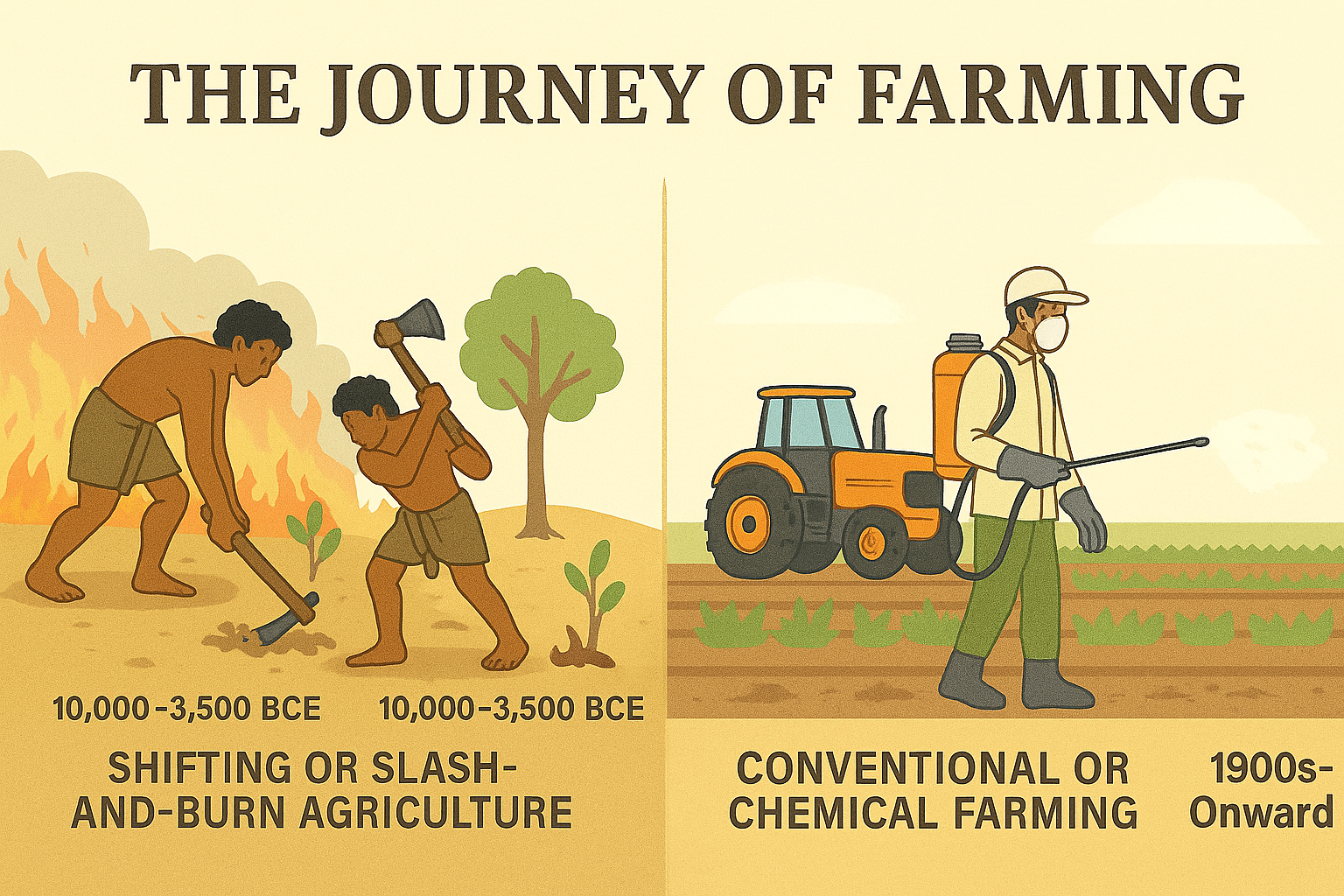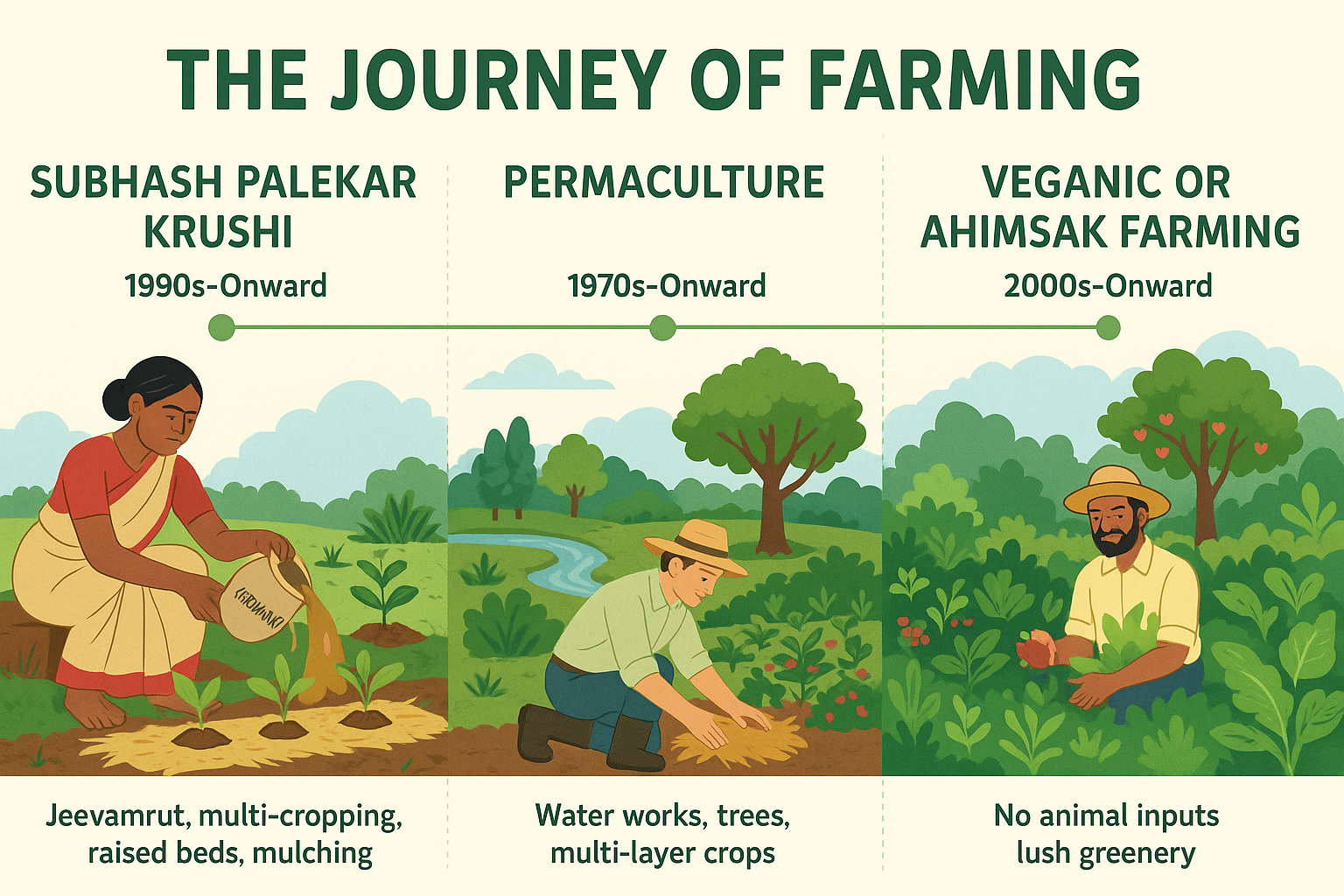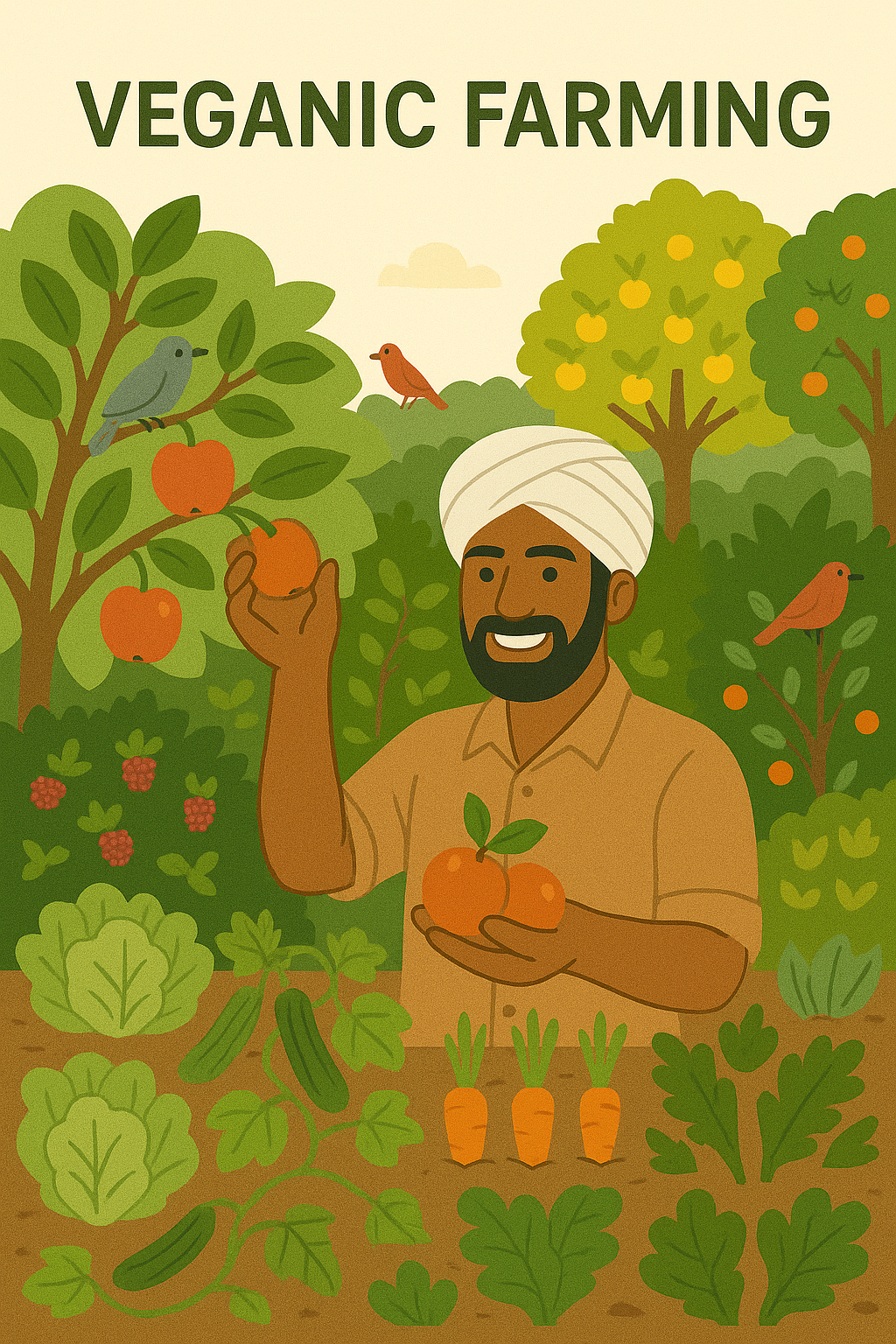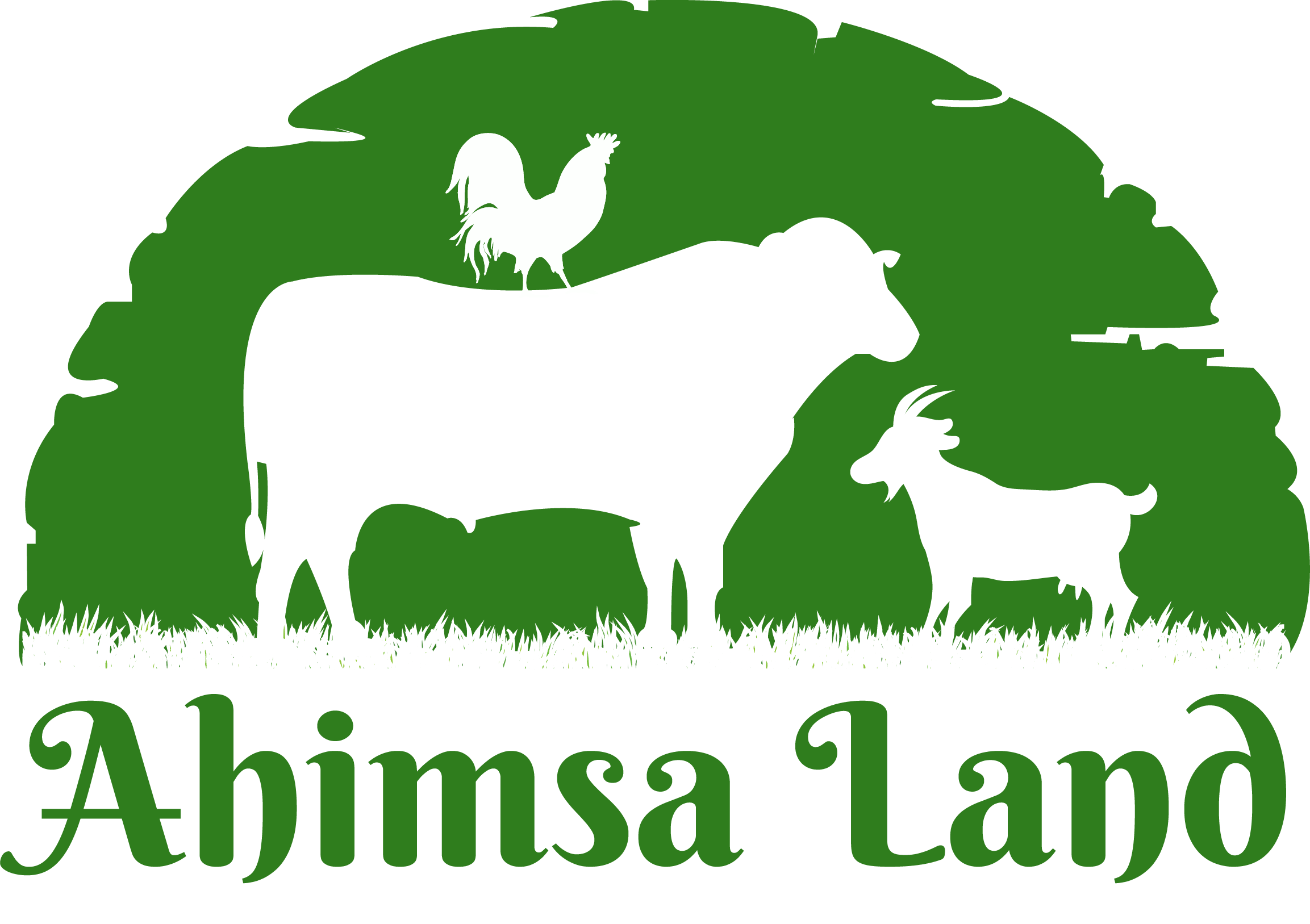Farming, the art and science of growing plants, has shaped human civilization for thousands of years. The earliest evidence of agriculture dates back to around 10,000 years ago in the Fertile Crescent (modern-day Iraq, Syria, and Turkey), where humans first began cultivating wheat, barley, and lentils. Over time, agriculture independently developed in other regions: rice in China, maize in Mesoamerica, and millets in Africa, which transformed nomadic lifestyles into settled communities.
In India, farming has deep roots. Evidence from the Indus Valley Civilization (around 7000 BCE) shows the cultivation of wheat, barley, peas, and cotton. Over centuries, Indian farmers refined irrigation techniques, preserved seeds, and rotated crops, creating diverse, sustainable systems that worked in harmony with nature.
The Shifts in Farming
1. Shifting or Slash-and-Burn Agriculture
One of the earliest methods, Shifting or Slash-and-Burn Agriculture, is still practiced in some tribal regions where land is cultivated for a few years and then left fallow to restore fertility. It maintains biodiversity but requires vast land areas.

2. Conventional Farming
With industrialization, chemical fertilizers, pesticides, and monocropping became common. Initially boosting yields, this approach has degraded soil, polluted water, and harmed biodiversity over time. Sadly this is still the most prevalent forms of agriculture around the world.
3. Subhash Palekar Krushi (SPK)
Popularized in India by Padma Shree Subhash Palekar, SPK uses cow-based inputs like jeevamrut and ghanajeevamrut, along with intercropping, mulching (acchadana), and reduced water use. While it promotes low external inputs, some practices may not fully align with natural forest ecosystems.
4. PQNK Technique
Paedar Qudratti Nizam Kashatqari or PQNK (pronounced “picnic”) is simply another name for SPK. The technique focuses on soil microbes, plant nutrition balance, and uses bio-fertilizers and bio-pesticides from locally sourced materials. It emphasizes the interconnectedness of soil, plants, and the environment, moving away from reliance on external inputs.
5. Permaculture
Developed in the 1970s by Bill Mollison and David Holmgren, permaculture designs farms to mimic natural ecosystems, integrating plants, animals, and water systems for long-term resilience.

6. Organic Farming
Avoids synthetic chemicals, using compost, green manure, and biological pest control. It helps reduce chemical pollution but may still involve animal-based fertilizers.
7. Biodynamics
Developed by Rudolf Steiner, this method treats the farm as a living organism and uses lunar cycles and herbal preparations to guide planting and fertilizing. Cow manure filled in cow horns, buried in soil for several months and then dug up is used as a biodynamic preparation and is also known as horn manure. This practice, a key component of biodynamic agriculture, is not only difficult to implement practically but is rooted in anecdotal and empirical observations with studies yielding inconsistent results.
8. Regenerative Farming
Focuses on restoring soil health, increasing organic matter, and capturing carbon to fight climate change while improving biodiversity.
9. Veganic or Ahimsak Farming

Ahimsak farming is the next step in sustainable farming that avoids all animal-derived inputs like dung, urine, or bone meal. Instead, it uses plant-based compost, mulching, and natural soil regeneration to protect animals, improve soil fertility, save water, and produce nutrient-rich food.
Where We Stand Now
From small seed beginnings to global food systems, farming has continually evolved. Today, as the planet faces climate change, biodiversity loss, and water scarcity, veganic farming offers a way forward by merging ancient wisdom with modern ethics to nourish both people and the Earth without exploitation.
🌱 Join the Movement for Ahimsak Farming
Farmers, conscious consumers, vegans, and animal rights activists, remember, each of our choices shapes our future.
✔ Support local organic farmers’ markets by buying most of your produce from them.
✔ Start a local organic farmers’ market in your area if there isn’t one.
✔ Learn how to farm without harming animals or start a terrace garden of your own.
✔ Support plant-based compost & sustainable methods.
✔ Be part of a food system that respects all life.
